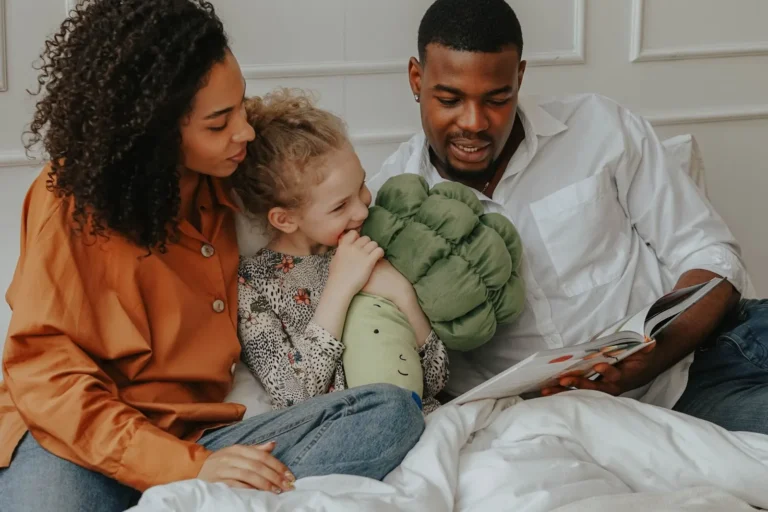
Sharon Block is a Professor of Practice and the Executive Director of the Center for Labor and a Just Economy at Harvard Law School.

Benjamin Sachs is the Kestnbaum Professor of Labor and Industry at Harvard Law School and a leading expert in the field of labor law and labor relations. He is also faculty director of the Center for Labor and a Just Economy. Professor Sachs teaches courses in labor law, employment law, and law and social change, and his writing focuses on union organizing and unions in American politics. Prior to joining the Harvard faculty in 2008, Professor Sachs was the Joseph Goldstein Fellow at Yale Law School. From 2002-2006, he served as Assistant General Counsel of the Service Employees International Union (SEIU) in Washington, D.C. Professor Sachs graduated from Yale Law School in 1998, and served as a judicial law clerk to the Honorable Stephen Reinhardt of the United States Court of Appeals for the Ninth Circuit. His writing has appeared in the Harvard Law Review, the Yale Law Journal, the Columbia Law Review, the New York Times and elsewhere. Professor Sachs received the Yale Law School teaching award in 2007 and in 2013 received the Sacks-Freund Award for Teaching Excellence at Harvard Law School. He can be reached at [email protected].
This article was first posted on February 6, 2023 at Law360.
For the last year, the news has been filled with stories of worker activism.
Headlines announce unprecedented union victories at Amazon.com Inc., Starbucks Corp., Apple Inc., Chipotle Mexican Grill Inc. and Trader Joe’s Co., along with successful strikes in industries as diverse as farm equipment, fast food and tech. And then there’s the new Gallup poll of American attitudes about unions, which reveals the highest level of support for unions ever — greater than 70%.
So it probably came as a surprise when the U.S. Department of Labor reported last week that union membership levels have actually declined over the last year and are now at their lowest level ever — 6% in the private sector.
There’s an important puzzle here: How can support for unions be at its highest level ever and union membership be at the lowest level ever recorded in the U.S.? How can we continue to witness heroic worker efforts to form unions in industries once thought unorganizable, when actual unionization rates continue to plummet?
To state the obvious, what we are seeing is a massive disconnect between what Americans want when it comes to unionization and what Americans are actually able to achieve. What is less obvious is the source of this disconnect. Although the reasons for this divergence are varied, we think the primary explanation is law.
Labor law — the National Labor Relations Act in particular — is meant to serve as the transmission belt between what workers want when it comes to unionization and what workers get. In simple terms, the NLRA establishes the process through which workers decide whether to have a union or not. The law sets the ground rules for discussion and debate among workers, and between management and employees, about the union question.
The law also establishes the process for casting votes. The law then sets up the rules for collective bargaining in those instances when workers vote to unionize. And, of course, the law polices the rules it establishes: imposing sanctions against rule violators so that the law on the ground actually tracks the law on the books.
But U.S. labor law is a complete disaster, failing at every step to fulfill its primary mission of translating workers’ preferences into workplace realities. The failures begin at the outset of the process, in deciding which workers will get to vote on unionizing.
Part of the issue here is that the law excludes large swaths of the labor force — domestic workers, agricultural workers and independent contractors — from the right to choose a union. And with respect to the workers who are covered, the law requires them to form unions worksite by worksite by worksite, imposing the often-Sisyphean task of running hundreds of campaigns to unionize a single large employer.
The law also undermines workers’ ability to talk to each other about whether they want a union or not. Instead of facilitating honest discussion among the people who will vote on unionization, the law allows management to ban nearly all union talk between employees at work while at the same time giving managers nearly unfettered discretion to use work time to convey a constant barrage of anti-union messages.
Moreover, even if workers would like to hear the pro-union side from a union representative or even a reply to management’s anti-union messaging, the law grants workers no right to speak to such union reps at the place where the unionization decision matters most — the workplace.
All of this pales in comparison to what is probably the law’s biggest failure — actually protecting workers who support unions from employer retaliation.
For example, while it’s supposedly an unfair labor practice for an employer to fire a worker for supporting a unionization drive, one in five workers who takes the lead role in a union campaign gets fired for doing that. We’ve seen this play out in the Amazon and Starbucks campaigns dozens of times.
How does the law enable such lawbreaking? A big part of the story is the paltry remedies available for violations. An employer who fires the lead union supporters in a campaign can quash that campaign effectively, by instilling fear of discharge in all the workers who might otherwise support the union. What does it cost the employer to illegally fire a few key workers? Very little — usually just a fraction of the fired workers’ regular wages. There are no fines or penalties so no deterrents.
Finally, in those cases where workers — through near heroism in the face of this kind of employer retaliation — succeed in choosing a union, the law makes it exceedingly difficult for them to successfully bargain a first collective agreement.
Again, a lot of the problem lies with the law’s laughably weak remedies. The only remedy currently available when employers fail to bargain in good faith is an order telling them to bargain in good faith. Again, no fines, no penalties and no deterrents. The absurdity of this remedial scheme is obvious on its face.
Put simply, while labor law is supposed to be a transmission belt for worker preferences, in reality, it constitutes a nearly insurmountable set of roadblocks. Rather than giving workers tools to discuss, debate and decide freely on unionization, the law gives employers powerful mechanisms to block workers from getting what they want.
Against the background of such a perversely designed labor law, the disconnect between record-high levels of support for unions and record-low levels of unionization begins to make all too much sense.
Having seen how law contributes to the divergence between preferences and reality, the solution is clear. We need a new labor law, one that actually works as a transmission belt and not as a roadblock.It wouldn’t be that hard to design — just let workers organize free from employer intimidation on the scale and at the scope they choose and create real incentives for the parties to reach an agreement.
The more pressing problem is the political will to enact a law that gives American workers what they want: the right to unionize. Until that political will exists, we will continue to live in a world where working people do not get what they want, or what they deserve.










Daily News & Commentary
Start your day with our roundup of the latest labor developments. See all
December 22
Worker-friendly legislation enacted in New York; UW Professor wins free speech case; Trucking company ordered to pay $23 million to Teamsters.
December 21
Argentine unions march against labor law reform; WNBA players vote to authorize a strike; and the NLRB prepares to clear its backlog.
December 19
Labor law professors file an amici curiae and the NLRB regains quorum.
December 18
New Jersey adopts disparate impact rules; Teamsters oppose railroad merger; court pauses more shutdown layoffs.
December 17
The TSA suspends a labor union representing 47,000 officers for a second time; the Trump administration seeks to recruit over 1,000 artificial intelligence experts to the federal workforce; and the New York Times reports on the tumultuous changes that U.S. labor relations has seen over the past year.
December 16
Second Circuit affirms dismissal of former collegiate athletes’ antitrust suit; UPS will invest $120 million in truck-unloading robots; Sharon Block argues there are reasons for optimism about labor’s future.